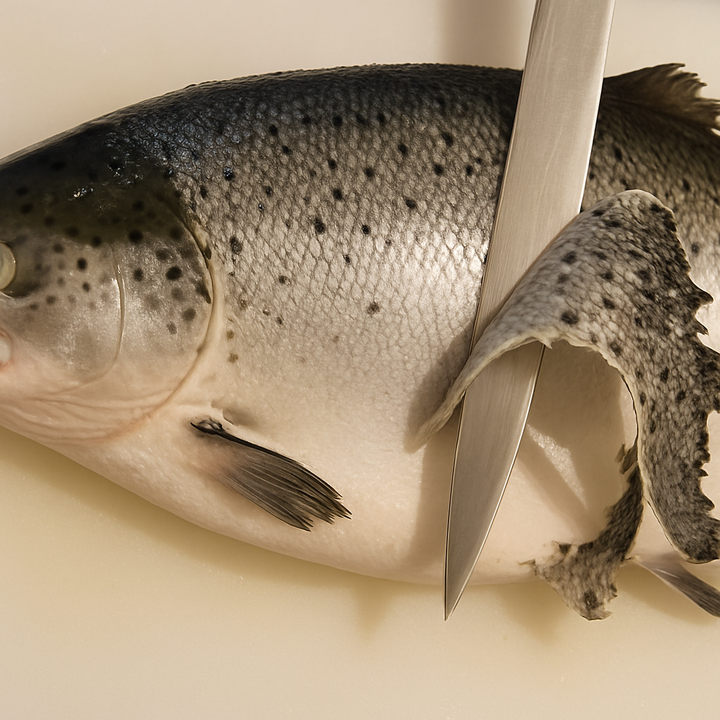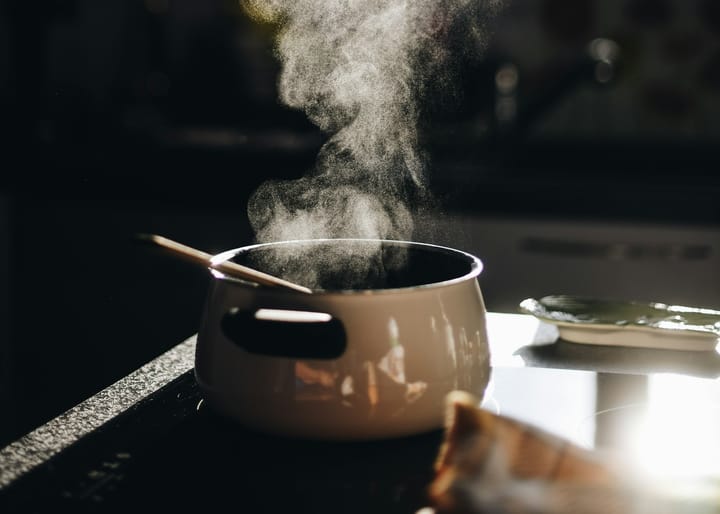Why Single Origin Coffee is so Expensive
Single-origin coffee comes from a specific region or farm, reflecting unique local characteristics like rainfall, farming traditions, and growing conditions. Enthusiasts often pay a premium for these distinctions. This article explores why.

Exploring the world of coffee production reveals that producing a pound of single-origin coffee requires endless hours of manual labor, specific growing conditions, complex processing methods, and careful roasting techniques.
It's no wonder that this type of coffee can easily cost over $30 per pound!
For those curious about the journey from bean to cup and why single-origin coffee is worth its price tag, keep reading.
Understanding Single-Origin Coffee
Single-origin coffee refers to coffee beans that come from a single producer, crop, mill, or region within one country.
These coffees often bear the name of the community, farm, or cooperative where they are produced and may even specify the exact estate or lot where the beans were grown.
A key feature of single-origin coffee is its traceability. This means consumers can pinpoint exactly where their coffee comes from, setting it apart from blended varieties.
This transparency often indicates higher quality since single-origin coffee is typically grown in unique locations known for their distinct environmental conditions.
Single-origin coffee allows consumers to experience the specific flavors and characteristics of the region where it was cultivated.
Factors such as botanical variety, soil composition, climate, altitude, and shade all influence the unique taste profile of the coffee.
Economically and ethically, single-origin coffee tends to be more expensive than blends.
Prices start at around $15 for a 12-ounce bag and can reach into the mid-twenties.
This higher cost reflects not only the quality of the beans but also the fair wages paid to workers who handpick them, often on small farms.
Single-origin coffee plays a significant role in the third wave coffee movement, which emphasizes the appreciation of coffee as an artisanal product.
This movement values the connection between the coffee's origin and its final flavor, recognizing the craftsmanship involved in every step from farm to cup.

Understanding Blended Coffee
Blended coffee refers to coffee that is not from a single origin but rather a mix of beans from multiple sources.
These blends often include beans from various single-origin coffees, combining crops from different farms and sometimes even different countries.
For example, a blend might include beans from Ethiopia, Mexico, and Bolivia, or it could be a regional mix, such as beans from both Northern and Southern Colombia.
Historically, the first notable coffee blend was the Mocha-Java blend. This blend combined Mocha beans from Yemen with Java beans from Indonesia.
Initially, these two were blended out of necessity since they were the only traded coffees at the time, but the resulting flavor was so appealing that it remained popular for centuries.
Unfortunately, recent civil unrest in Yemen has made Mocha beans scarce.
In most coffee shops, when you order a cappuccino or your favorite cup of coffee, you’re typically being served a blend unless specified otherwise.
This is because coffee blends are easier to prepare in large batches, making them more cost-effective for cafes compared to single-origin coffees.
Single-origin coffees require individual preparation, which is more time-consuming for the staff.
Blended coffees are designed to balance and enhance flavors, offering a consistent taste profile that appeals to a broad audience.
This consistency and efficiency in preparation contribute to their affordability and widespread availability in coffee shops and cafes.

So Why Is It So Expensive?
Coffee Harvesting
As a coffee connoisseur who has spent years savoring some of the finest single-origin coffees from around the world, it’s fascinating to consider how those prized beans make their way into your cup.
The journey of a coffee bean, from cherry to roasted perfection, is intricate and begins with harvesting.
Importance of Ripeness
The quality of a coffee bean significantly depends on its ripeness at the time of harvest.
Smallholder farmers in Kenya, handpick each cherry to ensure only fully ripe ones are selected for processing.
Picking cherries too early or too late can result in lower-quality beans that do not command a high price in the market.
Ideal Growing Conditions
Coffee thrives under specific environmental conditions such as high altitudes (around 1700 meters above sea level), rich volcanic soil, and ample sunlight.
Slow-growing conditions produce more flavorful beans with distinct fruity and floral notes.

Comparing Coffee Farming Practices: Kenya vs. Brazil
Brazil stands as the world’s largest coffee producer, thanks to its large-scale mechanized farming methods on flat terrain.
This mechanization allows for efficient production but often results in a mix of ripe and unripe cherries being harvested together, which is not ideal for producing high-quality specialty coffee.
In contrast, Kenyan coffee farming primarily relies on manual labor due to the country's uneven terrain, which makes mechanization impractical.
This meticulous approach ensures that only fully ripe cherries are picked, leading to higher-quality beans that are a delight to roast and brew.
The dedication and attention to detail in every step of coffee production in Kenya contribute significantly to the exceptional quality of Kenyan coffee.
Next, let's explore the complex process of transforming these cherries into green coffee beans.
Mastering the Roast
Careful roasting is crucial to fully appreciating the unique flavors of single-origin coffee.
Expert roasters heat green coffee beans evenly in large machines, using their senses to monitor the roast’s development.
This skillful process brings out the intrinsic flavors of each bean, allowing single-origin coffees to truly shine.
Roasting can significantly influence the flavor profile of single-origin coffee. When executed perfectly, the results are nothing short of magical.
The intricate journey of coffee processing is filled with passion, skill, and artistry.
The end result is a cup of single-origin coffee with unparalleled flavor, making it worth every penny.
Coffee Grading and Quality Control: Ensuring the Best Beans in Your Cup
Coffee grading and quality control are vital aspects of the single-origin coffee industry, maintaining high standards and guaranteeing that you’re savoring the finest beans in your cup. High-quality beans make all the difference in the taste and aroma of coffee. Let's explore how coffee grading and quality control contribute to an exceptional coffee experience.
Ensuring Top-Quality Coffee: Grading and Quality Control
Each coffee-producing country has its own grading system, assessing factors such as bean size, shape, color, and defect count. Although these systems vary, they share the common goal of ensuring quality and consistency in the coffee beans. Here are some well-known grading systems:
Kenya: The Kenyan grading system sorts beans by size, with AA being the largest and finest grade, followed by AB, C, E, PB, and TT. Beans are also inspected for defects, such as insect damage or broken beans.
Colombia: Colombian coffee is graded by size and categorized as Supremo, Extra, and Excelso. Quality is further determined by a scoring system based on factors like acidity, body, and flavor.
Ethiopia: Ethiopian beans are categorized into grades from 1 to 9, with Grade 1 being the highest quality. This system evaluates factors like bean size, defect count, and visual appearance.
These grading systems ensure that only the best beans make it to your cup, enhancing your coffee-drinking experience with superior taste and aroma.
The Balancing Act of Quality Control
Quality control in coffee involves a series of meticulous processes from farm to cup to ensure that the beans meet or exceed established standards. Here are some critical steps in quality control:
Harvesting: Hand-picking cherries at their peak ripeness guarantees a high-quality harvest, setting the stage for exceptional beans.
Processing: Consistent and careful processing methods, such as the washed process, help minimize defects and enhance the beans' inherent flavors.
Roasting: Expert roasters must strike the perfect balance between heat, time, and roast level to bring out the best in the beans, avoiding over or under-roasting.
Cupping: The Definitive Coffee Evaluation
Cupping is the primary method used by professionals to evaluate coffee quality. It ensures a consistent and standardized evaluation process.
During a cupping session, expert tasters assess the coffee based on attributes like aroma, taste, acidity, body, and aftertaste.
Cupping scores range from 0 to 100, with specialty single-origin coffees typically scoring above 80.
Participating in cupping sessions offers a fantastic way to experience the vast range of flavors and complexities that single-origin coffees have to offer, highlighting the importance of quality control in delivering an exceptional coffee experience.


